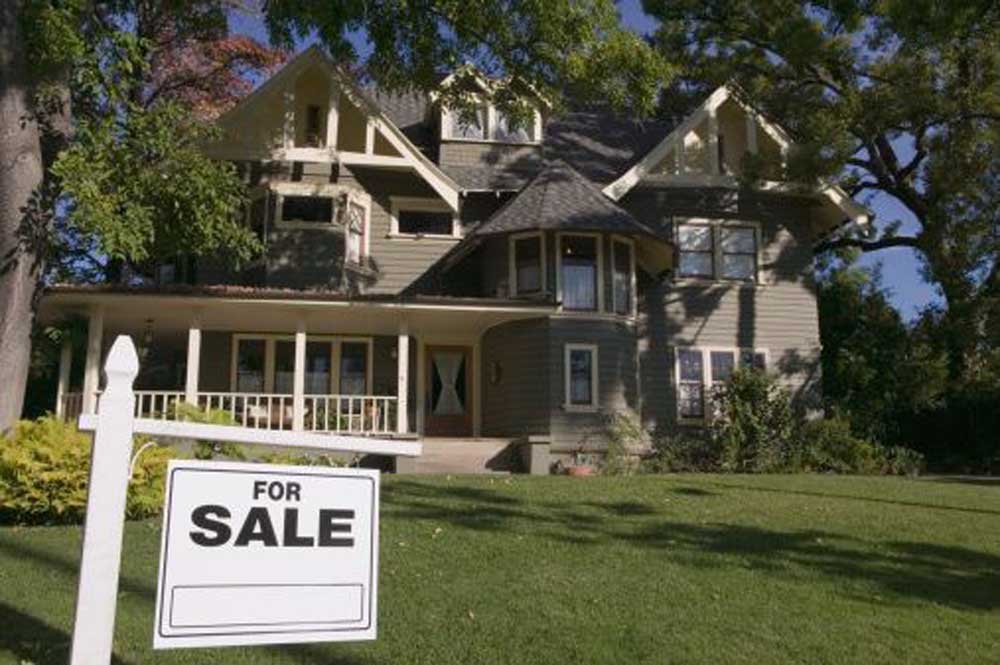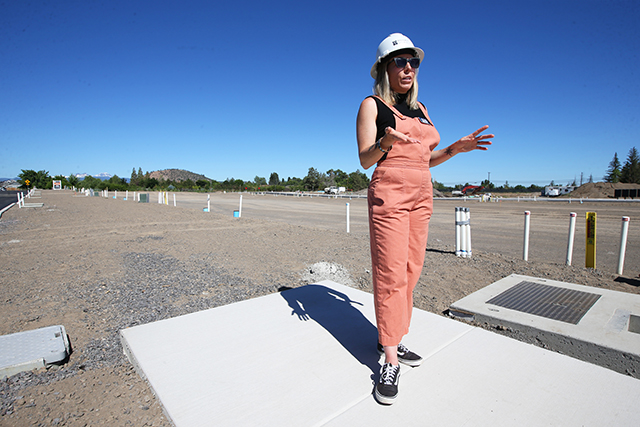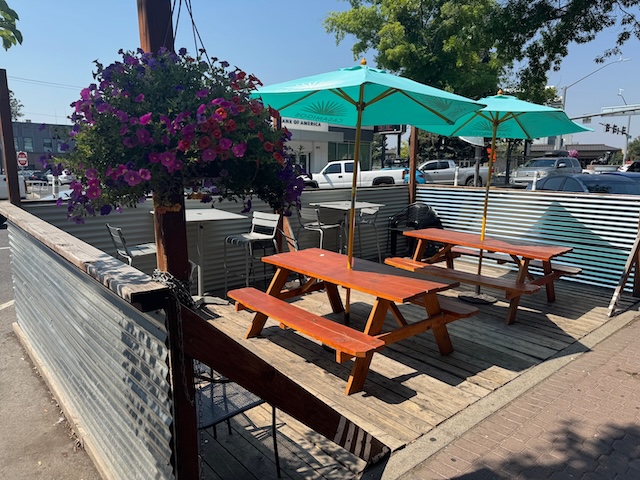Experts upbeat on Bend real estate
Published 12:00 am Thursday, April 21, 2016

- Thinkstock
Bend’s future lies in developing its urban core, said Jon Skidmore, Bend assistant city manager, not in tract homes thrown up by the tens or hundreds.
Skidmore, one of five panelists Wednesday at the Bend Chamber Real Estate Forecast, said the planned expansion of the Bend urban growth boundary by as much as 2,500 acres, will not be enough alone to accommodate an expected city population of 120,000 by 2028 , an increase of about 50 percent. Clusters of townhomes and mixed-use developments of first-story shops and upper-story homes should be part of Bend’s future, he said.
Trending
“Oregon is not in the business of creating sprawling suburbs,” Skidmore said to a full house at the Tower Theatre, “they’re really in the business of creating more urban cities.”
‘I’m very optimistic’
The panelists voiced a guarded outlook for Bend’s real estate market for the next two to five years. The annual forecast message this year is that the local economy is better positioned for the next downturn than it was for the last. Meanwhile, home prices will continue rising as demand outstrips supply.
“I’m very optimistic about the next 24 months and, I’d suggest, up to five years,” said Todd Taylor, CEO of building contractor Taylor Northwest LLC, of Bend. “But that’s based on some discipline staying in place.”
Discipline in lending, for one, he said. Banks are maintaining good debt-to-equity ratios when lending to builders and developers. “There are good banks, and they’re doing their homework today and they’re helping us from getting into too much trouble,” Taylor said.
High-risk loans to the real estate industry, upon which a large share of Bend’s prerecession economy rested, contributed to that industry’s collapse and the subsequent recession. Today, the Deschutes County economy is more diverse than it was prior to 2007, said Damon Runberg, the panel moderator and regional economist for the Oregon Employment Department.
Trending
Construction jobs accounted for a disproportionate share of job growth in Deschutes County between 2005 and 2007, about 3,200 of 10,000 jobs, he said. The county’s gross domestic product, also resting on the housing market, grew by 13 percent to $675 million in the same period, Runberg said.
However, the number of building permits issued by the city, 150 a month in 2005, fell by summer 2006 to 63 and stayed there, he said. “It foreshadowed the collapse in building that we experienced,” Runberg said.
Today, the local economy is more diverse; overall debt is lower. Job growth in professional services, tourism and health care is outpacing construction, he said. Building permits are increasing in number slowly but steadily.
“It’s a more conservative approach to building this time than we saw before,” Runberg said.
However, a shortage of construction labor adds to higher home prices, 46 percent appreciation between 2013 and 2015 versus 44 percent when home prices peaked prior to the recession, he said. Construction costs will continue to rise because of higher labor costs but also due to the higher cost of land, fees and materials, panelists said.
Jay Lyons, a panelist and a broker at Compass Commercial Real Estate Services, said the high cost of land translates to a relatively low level of new commercial construction. As tenants come to grips with higher lease rates, $2 to $2.50 a square foot in some cases, demand may eventually prompt more new construction, he said.
Panelist Steve Klingman, president of Hayden Homes, forecast another 10 percent increase in home prices over the next 12-18 months. He also expects an interest rate hike of a 0.5 to 0.75 percentage points. “Near term I think rates will remain historically low, it’s a really good environment,” Klingman said.
“Beyond that, there’s definitely going to be another pullback,” he said, “when that is, my crystal ball hasn’t told me yet.”
— Reporter: 541-617-7815,
jditzler@bendbulletin.com








